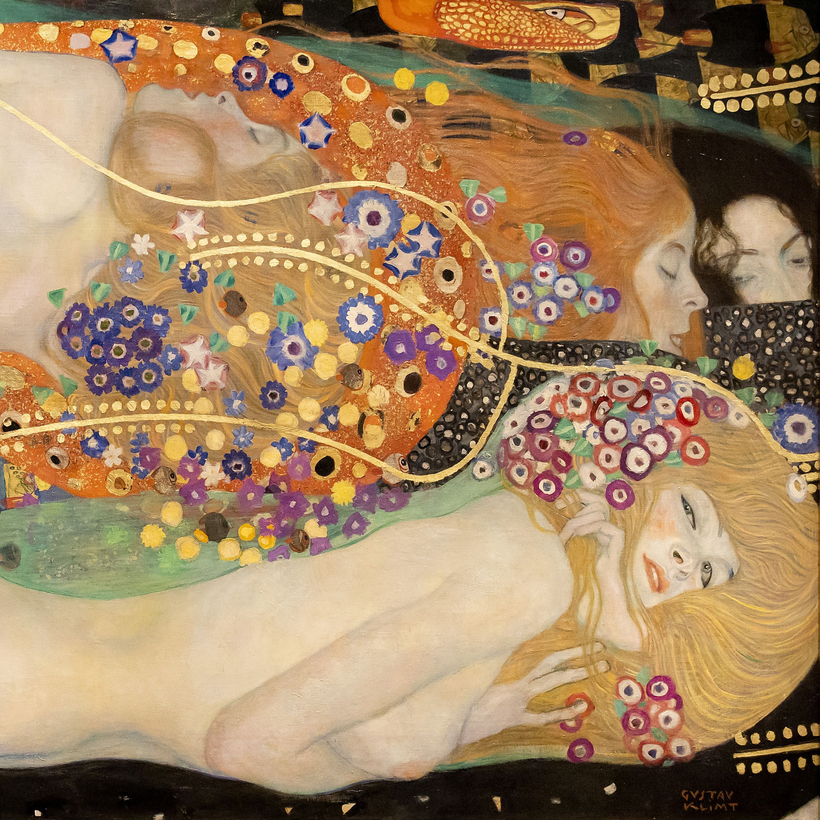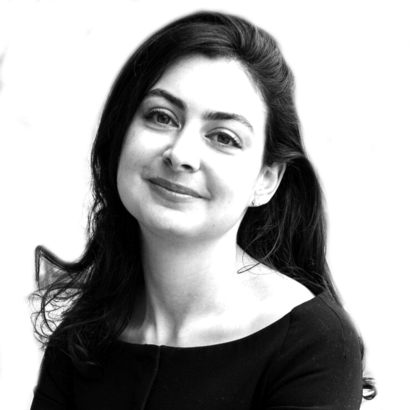In the notoriously tight-lipped blue-chip art worlds of the U.S. and Europe, publicly revealing the recent sale history of a painting is rare. At best, the nationality of the buyer will be tentatively announced; the buyer is named only in the less likely event that they want to boast about their wealth for some alternative gain.
Chinese collectors are comparably louder … and richer. Data from various sources, including the 2022 Hurun Global Rich List, has the number of billionaires based in Beijing, Shanghai, and Shenzhen each surpassing that of New York City. Today’s new-money China echoes New York in the Gilded Age, as freshly minted industrial titans seek to outdo each other with increasingly spectacular shows of wealth. A splashy headline and a chance to discuss the sale in the press tend to be seen as opportunities for status.
Take Liu Yiqian, a taxi driver turned billionaire, who in 2015 put a $170 million Modigliani painting on a credit card so he would never have to pay for airfare again.
Or Justin Sun, the 32-year-old crypto-and-NFT whiz, who happily revealed himself as the owner of such blockbuster purchases as a $78.4 million Giacometti sculpture along with pieces by Warhol and Picasso, which he bought for a total of at least $100 million at auction.
Then there is Jihan Wu, the crypto king and rumored blue-chip art collector, who acquired the Singapore Freeport, an art and luxury-goods facility, from Swiss storage-depot magnate Yves Bouvier at the bargain price of $28.4 million.

Among all of these high-profile men, there’s a woman in the Chinese art world who has taken great pains to remain under the radar. Her name is Rosaline Wong.
Hong Kong, by Way of Austria
The Austrian artist Gustav Klimt produced just around 200 paintings in his lifetime, and those that most captivate the public eye have often remained behind closed doors in private collections. Now, two of his most sought-after works have cropped up, courtesy of Wong, a Hong Kong art adviser.
The first is Wasserschlangen II (Water Serpents II), a sensual interweaving of comely merwomen in a sea of geometric colors, which features on the cover of Klimt’s catalogue raisonné.
In 2013, Bouvier bought the painting from “the daughter of a Qatari Emir,” then sold it to the Russian oligarch Dmitry Rybolovlev—the owner, for a time, of Leonardo da Vinci’s Salvator Mundi—for $183 million. Rybolovlev later sold the painting “to Asia,” according to Bloomberg.
Then, last year, Water Serpents II resurfaced, in a Klimt exhibition at Amsterdam’s Van Gogh Museum (which moves to Vienna’s Belvedere this weekend)—with Wong listed as the benefactor.

The second is Portrait of Adele Bloch-Bauer II (1912), sold in 2017 by Oprah Winfrey to “an anonymous Chinese buyer” for $150 million. The painting was displayed at the Neue Galerie, in New York, from 2016 to 2018, and then popped up in Amsterdam alongside Water Serpents II, where it is credited as courtesy of HomeArt, Wong’s company’s name.
Gustav Klimt produced just around 200 paintings in his lifetime, and those that most captivate the public eye have often remained behind closed doors.
Despite being one of the most prominent members of the Chinese art scene, very little is known about Rosaline Wong, 53, and her company. According to the International Consortium of Investigative Journalists, Wong registered HomeArt HK Limited in the Virgin Islands in 2015 through Mossack Fonseca, the agents whose documents were leaked in the Panama Papers.
As its name suggests, HomeArt ostensibly pairs masterpiece artworks with private collectors, and has had some high-profile partnerships to indicate both caliber and discretion. The company worked with Sotheby’s in 2021 on a group show with commissioned works by Damien Hirst, Takashi Murakami, Yoshimoto Nara, and several important Chinese artists.
That same year, Wong herself worked closely with Christie’s Hong Kong on projects including a show on Jean-Michel Basquiat and a 100th-birthday celebration for Françoise Gilot, Picasso’s muse and an artist in her own right, which coincided with an auction of one of her works at a 398 percent value increase from the last public auction.
But HomeArt does not officially or necessarily own the works in its arsenal—rather, Wong’s company advises anonymous private collectors, both individual and corporate.
So … Whom is she advising—and who owns the Klimts?
There’s one woman in the Chinese art world who has taken great pains to remain under the radar. Her name is Rosaline Wong.
Like a lady, a good adviser never tells. To make an educated guess is to go deep into the past, when Rosaline Wong was a Hong Kong–tabloid darling.
Back in the late 1990s, Wong was known as the daughter of one of Hong Kong’s most powerful men, the former Court of Appeal of the High Court judge Michael Wong Kin-chow. After graduating with a law degree from King’s College London, in 1991, Wong was called to the Hong Kong bar in 1993 and got her start at Chinese Estates Holdings in 1996, working closely with real-estate magnate Joseph Lau.
Lau is one of the richest men in Asia, with a $15 billion net worth and a $1 billion art collection, according to Tatler Asia. They listed him as No. 3 among the 15 biggest collectors in Hong Kong, after he acquired a buste de femme by Picasso, for $67.4 million, as well as a Mao portrait by Warhol, for $17.4 million, Roy Lichtenstein’s Engagement Ring, for $41.7 million, and Te Poipoi, by Paul Gauguin, for $39.2 million.
In 1992, Lau was divorced and on the prowl. His reputation as a ladies’ man was at an all-time high, but Lau found himself smitten with the young barrister. Wong was considered his “ugliest girlfriend,” but in a way this earned her even more respect than the usual women he tended to surround himself with.

The South China Morning Post reported that Wong’s father, Michael Wong Kin-chow, was forced to resign from his court position amid allegations from the media that Lau was paying for his plane tickets. (The allegations were never confirmed, and no trial was conducted.)
The publication also noted that Lau and Wong’s relationship ended around 2002, and that Wong attempted to overdose on sleeping pills due to grief. Lau went to visit her as she recovered in the hospital but reportedly stayed for only five minutes.
Wong moved on. Today, Chinese tabloids report that she is a “close friend” of property magnate Henry Cheng Kar-shun, Hong Kong’s third-richest person. She has two sons, believed to be Cheng’s.
To make an educated guess about Wong is to go deep into the past, when she was a Hong Kong–tabloid darling.
Meanwhile, in 2014, Lau was all but disgraced during an explosive fraud-and-bribery scandal in Macao. Lau was convicted by the Macao court in absentia, narrowly avoiding jail time. Stock in Lau’s business Chinese Estates plummeted with his reputation. Lau stepped down as company chairman and was replaced by his son, Ming-wai, also a King’s College graduate.
A 2017 blog claimed that Water Serpents II was sold to Wong for Lau, which would make financial sense for Lau in the immediate aftermath of the 2014 corruption case. (Lau had a target on his back during the Macao scandal, and his liquid assets were under enormous strain and risk. Art, in all its timelessness, is generally touted as the ideal illiquid asset for a conman on the run.)
Wong’s own later years have been far quieter than her high-rolling, turbulent youth. She has successfully remained out of the tabloid press—in a rare moment when her children’s photos were published, she sought an injunction in Hong Kong’s High Court against the media outlets and the person who leaked the photos.
The museums and auction houses with whom she works—Sotheby’s and Christie’s, plus the Belvedere, where the Klimts are on loan, among them—declined to comment on their patron.
With such powerful players and paintings on call, it’s safe to say that Rosaline Wong is at the core of the art world, both in China and abroad. Yet as much as we know now from the plaques and the papers, there is far more behind the curtain that we still may never see.
“Golden Boy: Gustav Klimt” is on now at the Belvedere Museum, in Vienna
Alexandra Bregman has written for The Wall Street Journal, Architectural Digest, and The Art Newspaper. She is the author ofThe Bouvier Affair: A True Story

